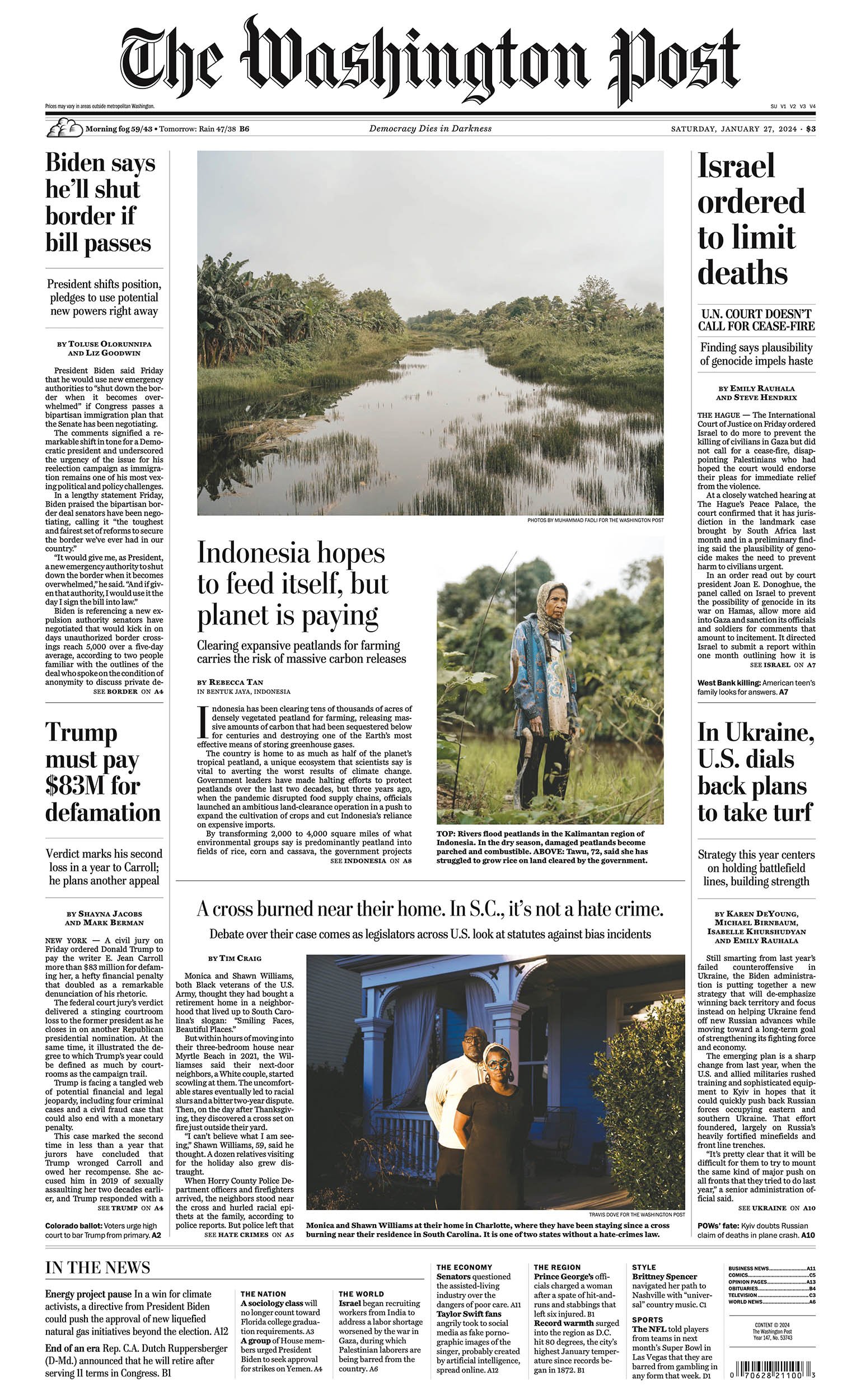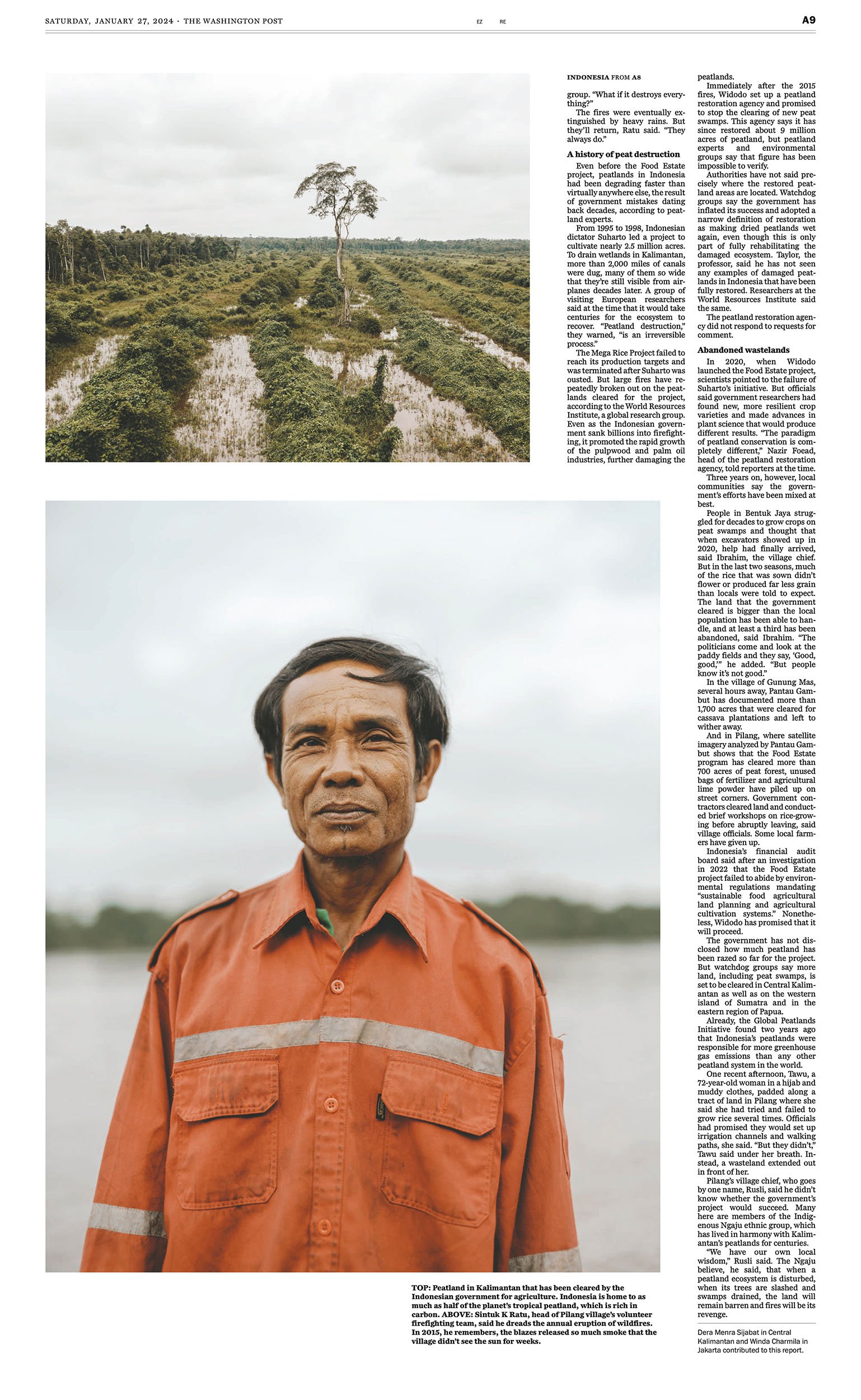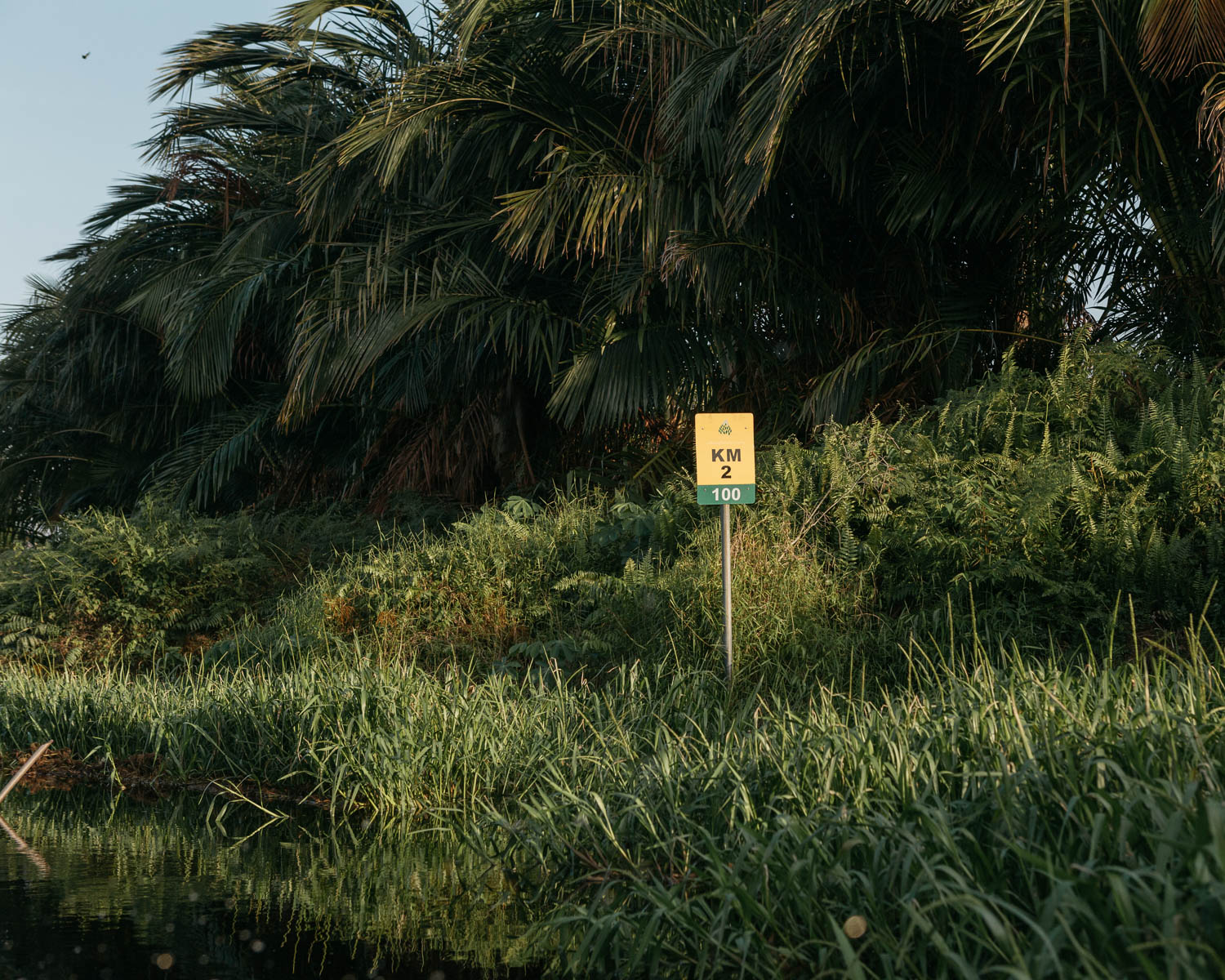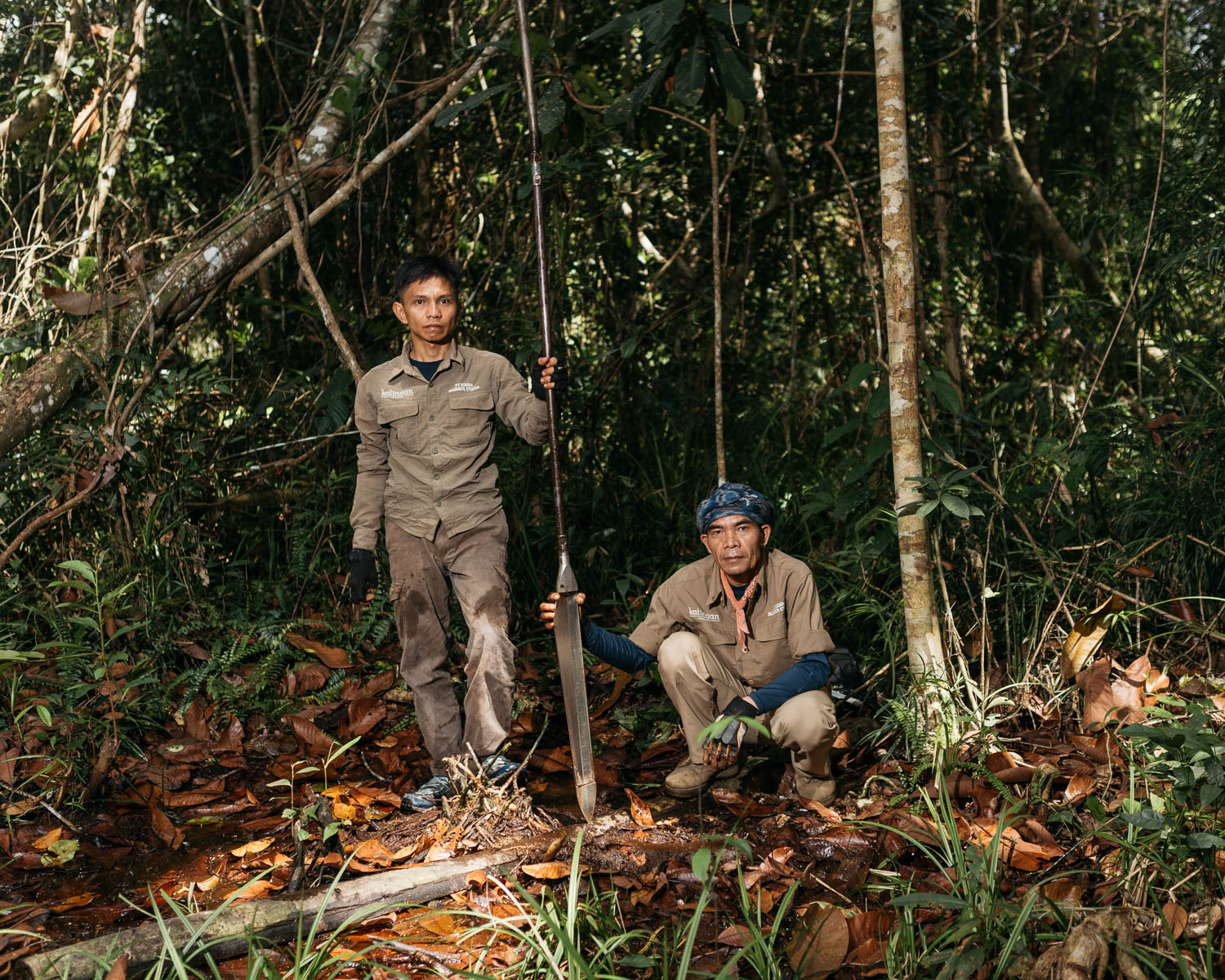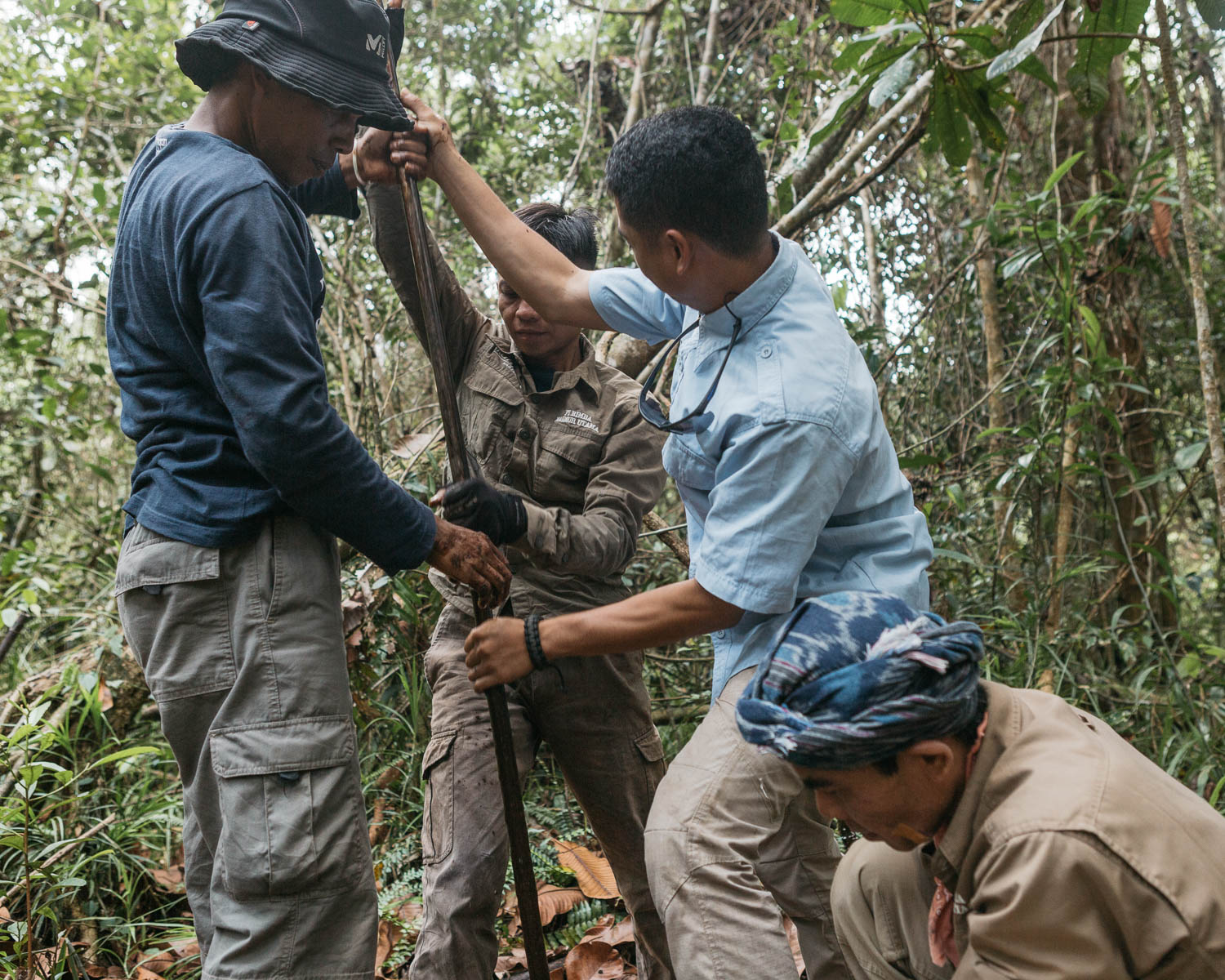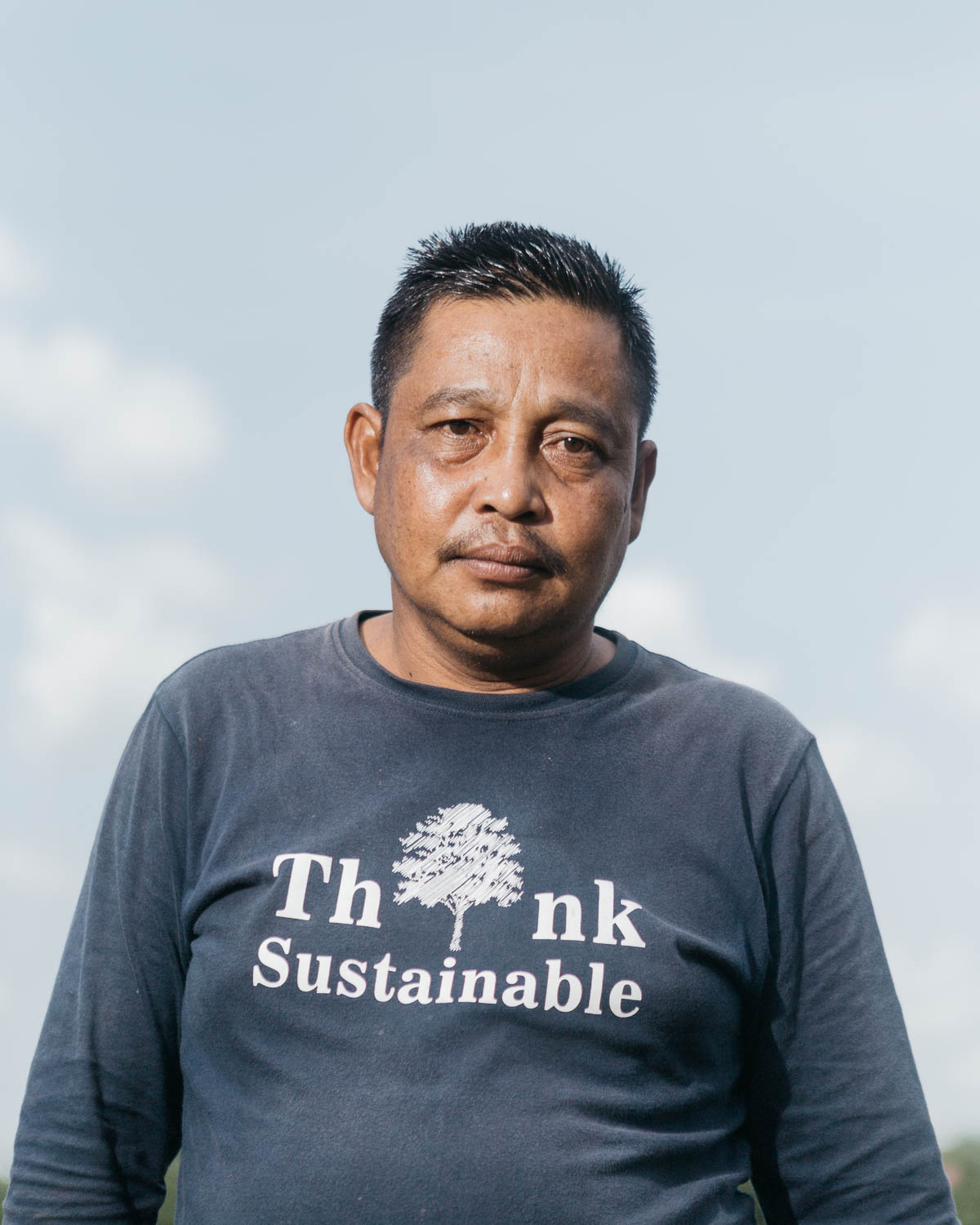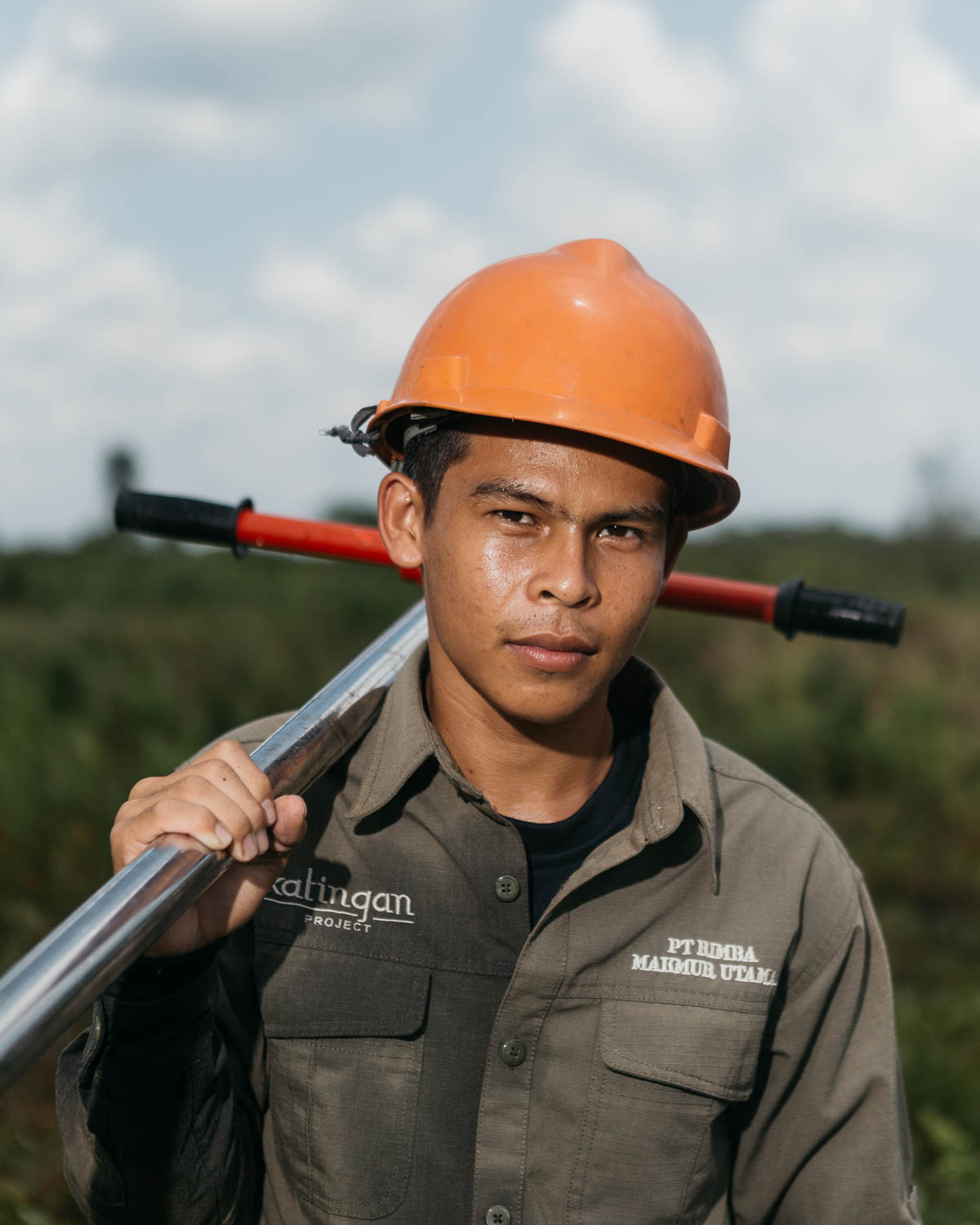It’s for the exact same reason why Farwiza Farhan’s effort with Haka is increasingly becoming important than ever. Sumatra, the sixth biggest island in the world, is among our planet’s last bastion of rainforest. Its lush jungle is home to various protected species like Sumatran tigers, orang-utans, elephants, to name a few. There’s a reason why people call it as the ‘lung of the world’.
Farwiza and her organization, which collaborate with local communities, focus on the Leuser Ecosystem in the Indonesian province of Aceh, one of the most important part of Sumatran rainforest. They work through policy advocacy, raising awareness, and strengthening community involvement and participation.
A little over a month ago, I was contacted by Time photo editor Whitney Matewe to photograph Farwiza as part of their 100 Next issue. I was a little nervous since the timeframe was quite tight and I was traveling for another assignment at that time. After a few discussion via email, Whitney came up with the concept of the ‘rising sun’ as a metaphor for what Farwiza is doing. We then decided to use a massive piece of colored fabric as props in order to depict the idea in a subtle way. For the location, we did the session at Kebun Raya Bogor (Bogor Botanical Garden), located around 40 km south of Jakarta. The session ran very smoothly (thanks to all the crew for sure). And I need to credit Farwiza too. She is such an amazing and relaxing person to work with.
Above is the final result as published on the cover the magazine. It’s scheduled to be hitting the newsstand by next week. What an honor to be able to contribute, even how small it is, to Farwiza’s effort.
And read the feature written by the one and only Jane Goodall here.
Photographer: Muhammad Fadli
Photo Editor: Whitney Matewe
Producer: Atikah Zata
First Assistant: Atet Pramadia
Second Assistant: Zulkifli
Video Team: Brahmma Putra & Majesty Benaya (Utuh Studio)
